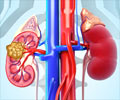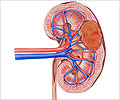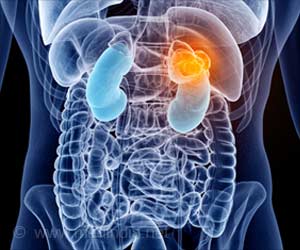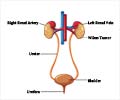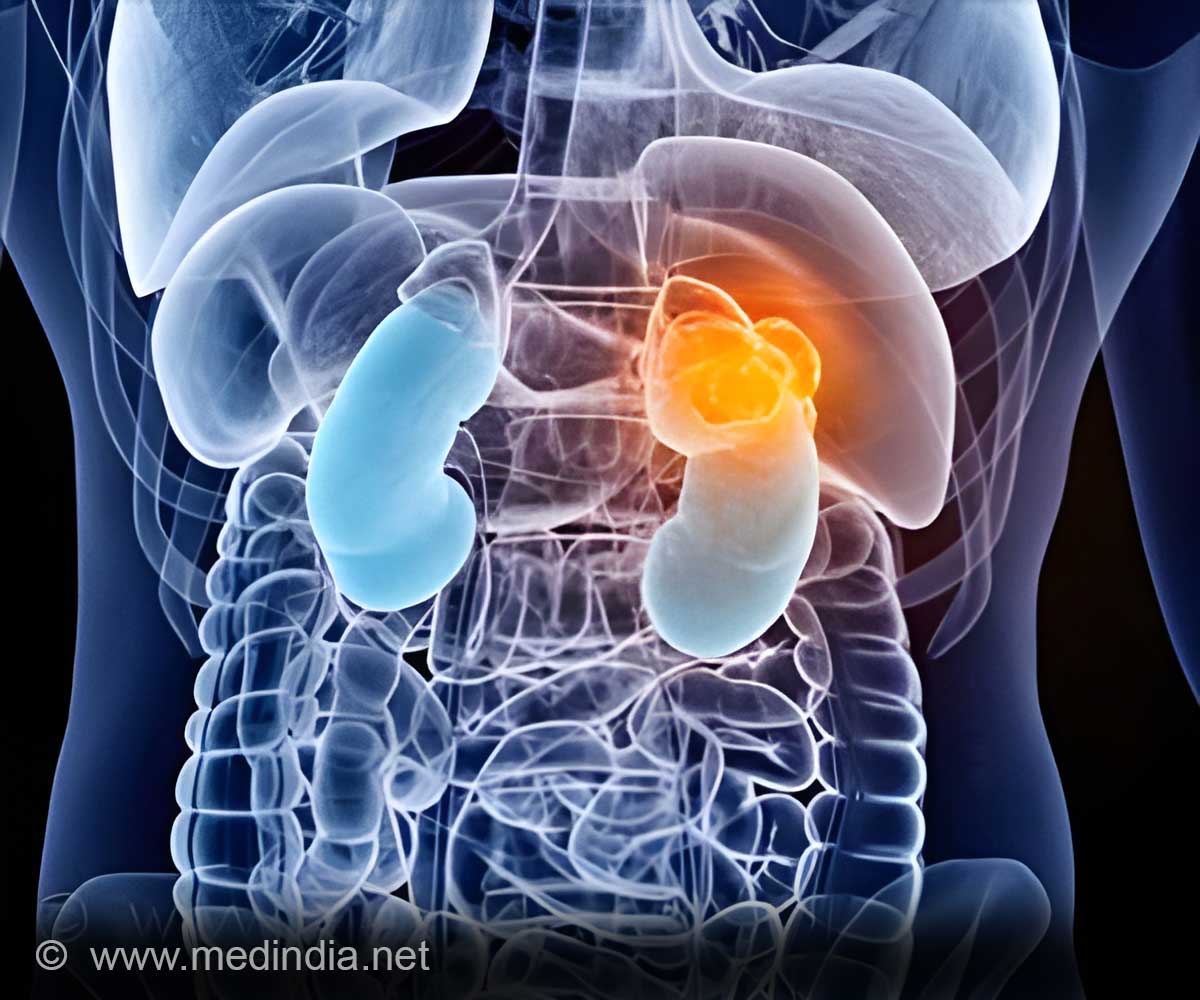
‘Kidney cancer is one of the leading causes of death in both men and women. A new study suggests activation of ISGF3 protein could be a novel therapeutic approach for patients with clear cell renal cancer.’
Read More..Tweet it Now
Kidney cancer is one of the top 10 causes of death from cancer in both men and women. Inactivation of the tumor suppressor gene VHL is the primary cause of ccRCC, which is the most frequently occurring subtype of the disease. Read More..
Tumour suppressor genes slow down cell division, repair DNA mistakes, and tell cells when to die. Mutations or inactivation of these genes stop them from working properly, which can lead to uncontrolled cell growth and cancer development.
"The disabling of VHL is usually followed by mutations in other tumor suppressor genes that are involved in ccRCC, such as PBRM1 and KDM5C," says co-first author Lili Liao, Postdoctoral Fellow at Jefferson (Philadelphia University + Thomas Jefferson University) and researcher at the Sidney Kimmel Cancer Center - Jefferson Health, Philadelphia, US. "These secondary tumor suppressors each have their own unique functions, and their mutations are associated with different survival risks, yet they all collaborate with VHL loss to promote cancer development. In this study, we wanted to investigate whether they share a common tumor suppressor pathway that might be implicated in future ccRCC treatment."
While probing the gene expression patterns (the processes whereby instructions within DNA are converted into messenger RNA), the research team found that VHL, PBRM1, KDM5C, SETD2, and BAP1 all regulate the interferon-stimulated gene factor 3 (ISGF3) - a master regulator that is key to viral infection response.
"We also saw that ISGF3 is strongly tumor-suppressive in a xenograft mouse model of ccRCC, as its loss enables tumors to increase significantly in size," explains co-senior author Haifeng Yang, Assistant Professor at Jefferson and researcher at the Sidney Kimmel Cancer Center - Jefferson Health. "Conversely, boosting ISGF3 in human ccRCC cancer cells shrinks the tumors they form into tiny nodules."
Advertisement
"It is surprising to see that so many major tumor suppressor genes in ccRCC share the same target in ISGF3," adds co-senior author Qin Yan, Associate Professor of Pathology at Yale University, Connecticut, US. "As many critical cancer genes in kidney cancer converge on ISGF3, it might play significant roles in drug development, patient responses to treatments, and survival."
Advertisement
Source-Eurekalert

